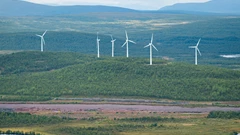World Bank Puts $1 Trillion Tag on EM Nations’ Green-Energy Goal
(Bloomberg) -- Low- and middle-income countries excluding China would have to quadruple energy investments to $1 trillion in 2030 if they’re to meet goals of universal access to clean power by then, the World Bank said.
The need for financing to adopt more renewables-based electricity and lessen dependence on fossil fuels will only grow from the annual average of $240 billion in the four years through 2020 as decarbonization deepens, the Washington-based lender said Thursday.
The problem, however, is that these nations are caught in a “poverty trap:” They’re unable to afford the high up-front costs of switching to clean energy, and are therefore locked into higher costs and recurring payments for fossil fuels, the World Bank said in a report on financing energy transitions in the power sector.
Without access to more and cheaper capital, developing countries “risk being locked out of otherwise economic solar, wind, and energy-efficiency projects, which require relatively high up-front capital investment,” the lender said.
Global Challenge
Global leaders spearheaded by US Treasury Secretary Janet Yellen are pushing for a revamp of multilateral development banks to leverage their financing ability and take on a range of cross-border challenges, including climate change. A plan for the World Bank could see lending boosted by $50 billion over the next decade — a fraction of what the emerging world needs for its energy transition.
Many utilities, especially in lower-income countries are financially unviable, usually due to a combination of high costs and low revenues, the lender said, adding that in sub-Saharan Africa, only about one-third of utilities fully recover their costs.
Despite Africa’s access to abundant natural resources that make clean power the least-cost option today, it has seen few benefits, according to BloombergNEF. In 2021, the continent’s clean-energy investment fell to the lowest level since 2011 — of the $434 billion invested globally to build wind, solar, and other clean power projects, only 0.6% — or $2.6 billion — went to Africa, it said.
Once adequate volumes of affordable and reliable renewable energy and energy efficiency materialize, low- and middle-income countries also need to retire their coal-fired power plants, the World Bank said.
“Presently, they collectively host 89% of the global coal power capacity that needs to be retired or repurposed before the end of its technical lifetime; this puts an estimated $1 trillion in capital costs at risk by 2040,” it said.
©2023 Bloomberg L.P.
KEEPING THE ENERGY INDUSTRY CONNECTED
Subscribe to our newsletter and get the best of Energy Connects directly to your inbox each week.
By subscribing, you agree to the processing of your personal data by dmg events as described in the Privacy Policy.
More renewables news
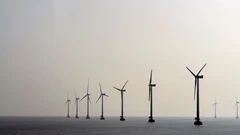
GE Vernova Expects More Trouble for Struggling Offshore Wind Industry

GE Vernova to Power City-Sized Data Centers With Gas as AI Demand Soars
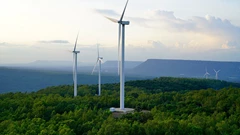
Longi Delays Solar Module Plant in China as Sector Struggles
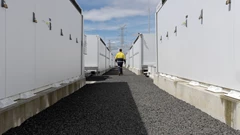
Australia Picks BP, Neoen Projects in Biggest Renewables Tender
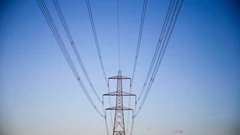
SSE Plans £22 Billion Investment to Bolster Scotland’s Grid
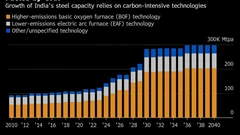
A Booming and Coal-Heavy Steel Sector Risks India’s Green Goals

bp and JERA join forces to create global offshore wind joint venture

Blackstone’s Data-Center Ambitions School a City on AI Power Strains
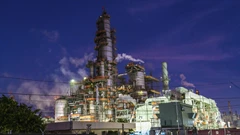
Chevron Is Cutting Low-Carbon Spending by 25% Amid Belt Tightening
